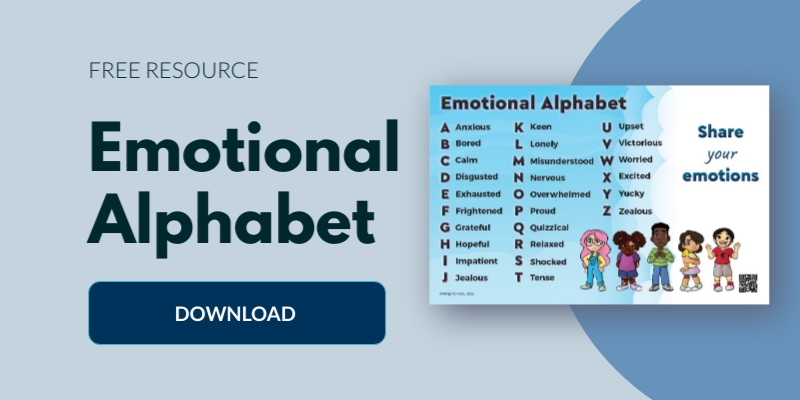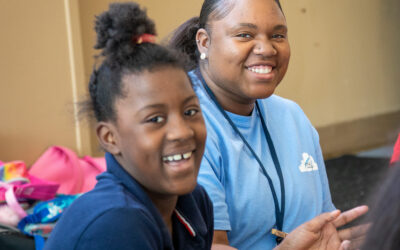As we approach winter break, we are mindful that this time of year can stir up a variety of emotions in our students: excitement, anticipation, stress, and even apprehension. Every student is unique, and the level of support they require varies, but the key to creating a safe and inclusive classroom environment starts with recognizing and responding to these various emotions.
For many, the impending winter break is a source of immense excitement. Time off from school, festive celebrations, spending time with family, and the prospect of presents gets kids buzzing with energy. Their minds are teeming with plans and expectations.
On the flip side, the disruption of daily routines, complicated family dynamics, the deadline of end-of-semester assignments coming due, or worrying about access to food can lead to stress or apprehension. Some students may not share the same enthusiasm for the break, and may feel uneasy or anxious about what might happen during the holidays.
Guiding Students Through the Season
This time of the year, teachers, support staff, and care providers often witness heightened disruptions during class and out-of-school time. Some students display restlessness, likely due to the approaching end of the semester, while others are grappling with anxiety about the upcoming break.
Open a Dialogue and Practice Active Listening
Engaging in conversations with the students who seem more energetic or reactive than usual, perhaps inquiring about the well-being of those who may find it challenging to stay awake, creates a safe and welcoming space for them to express concerns. You are letting them know that you genuinely care about them. Continuing to encourage students to express their emotions, thoughts, and feelings offers them a safe and non-judgmental space for sharing—and having you listen—is incredibly beneficial and supportive.
Help Students Expand Their Emotional Vocabulary
Use the Emotional Alphabet Skill Builder poster to help students identify, label, and express their emotions.
Here are some other strategies to help students navigate a variety of emotions they might feel before and after the break:
Maintain Rituals & Routines: Maintaining a semblance of routine during the break can provide students with stability. Predictable schedules can help alleviate anxiety.
Gratitude Practices: Encourage students to cultivate gratitude by reflecting on positive things that have happened during the year or month, or things they are grateful for like family and friends. This can shift their focus to their accomplishments or things and people that bring them joy.
Brainstorm a Winter Break To-Do List with Students: Share your own planned activities for the break, whether it involves reading, drawing or painting, or enjoying time outdoors—then offer students the option to share theirs. Some students might appreciate resources to keep them busy during the break, such as books from the library or printed activity pages to take home.
Not all students are equally excited about the upcoming break, and you can observe when students may be struggling. For many, economic or familial challenges make the holiday season a stressful time. Understanding these diverse perspectives and offering empathetic support is a crucial aspect of being educators and caregivers.
It’s absolutely okay to have conversations with your students about the holidays and share in their enthusiasm. Exercising sensitivity in your dialogue with inclusive questions like: “What do you have planned for the break?” in lieu of broad questions like “Who’s looking forward to the break?” can help students feel understood and more likely to engage in the conversation.
Winter break is a season of mixed emotions for our students. By recognizing and addressing these feelings with empathy we can create a nurturing environment where they feel understood and supported, no matter what they are experiencing emotionally.
Looking for more ways to manage emotions? View our on-demand webinar Big Emotions: Responding vs. Reacting














